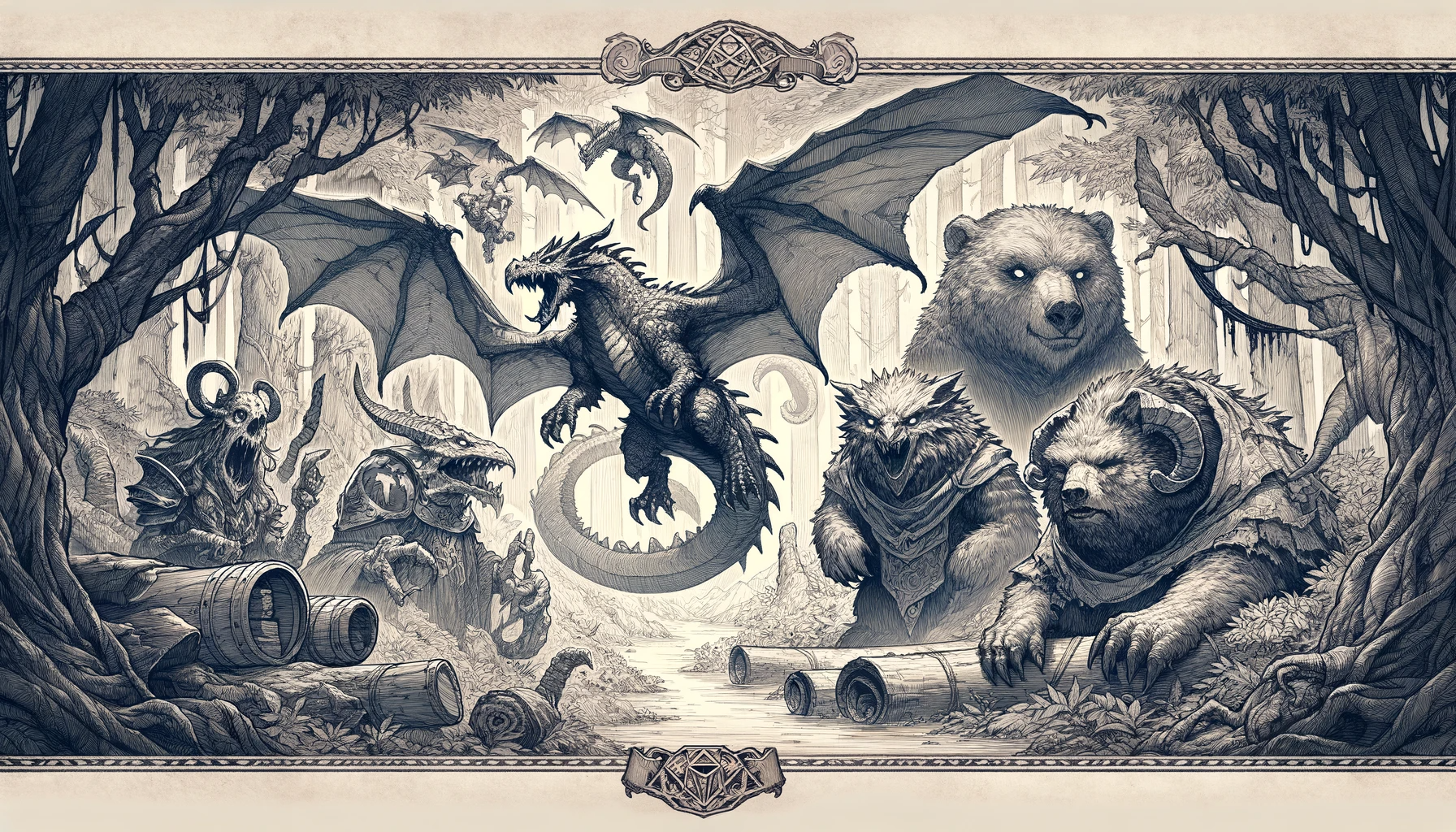Skulltrap (AD&D 2E): Difference between revisions
(Created page with "{{Infobox Spell2E | Name = Skulltrap | DnDClass = Wizard | Level = 3 | LevelName = 3rd Level Spell | School = Necromancy, Evocation | Range = Touch | Save = 1/2 | Duration = Special | Components = V, S, M | AoE = One Skull | CastingTime = 4 | SubField = | SourceShort = TSR2151 | SourceLong = TSR2151 - DMGR7 - The Complete Book of Necromancers, Page 53 | Vault = Yes | Spell2E...") |
No edit summary |
||
| Line 17: | Line 17: | ||
| Spell2E = Yes | | Spell2E = Yes | ||
| First Letter = S | | First Letter = S | ||
| SpellDescription = | | SpellDescription = This ward may be placed on any non-living skull or the skull of an undead skeleton. The skulltrap remains dormant until the skull is touched by living matter or is struck and damaged by non-living matter (for instance, it's struck by in combat or falls to the floor). Assume a normal skull is AC 8 and has 2 hp. This simple warding does not discriminate; it can just as easily be triggered by the wizard who cast the spell as by a curious rat brushing up against it. | ||
When the skulltrap discharges, the skull flashes briefly with red or violet light and violently explodes, releasing a blast of energy drawn from the Negative Material plane. The burst of negative energy does 2d4 hp damage plus ld4 hp damage for every level of the caster. All living creatures within 10' of the skull must make a saving throw vs. breath weapon to suffer only half damage from the blast. | |||
Because the trap is so easily triggered, the skull is often placed in its final resting place before casting the spell on it. The trapped skull may be moved without triggering the trap, but it must be moved very slowly and without contact with living matter. Cloves or any other thin materials used to cover the flesh of a living being arc not enough to prevent the skulltrap from being discharged. The material component is a pinch of dust from the physical remains of a corporeal undead being with strong ties to the Negative Material Plane, such as a wight or vampire. | |||
}} | }} | ||
Revision as of 08:10, 9 June 2024
| Skulltrap | |
|---|---|
| 3rd Level Spell, Necromancy, Evocation | |
Range: Touch Duration: Special Area of Effect: One Skull |
Components: V, S, M Casting Time: 4 Saving Throw: 1/2 |
| Description: This ward may be placed on any non-living skull or the skull of an undead skeleton. The skulltrap remains dormant until the skull is touched by living matter or is struck and damaged by non-living matter (for instance, it's struck by in combat or falls to the floor). Assume a normal skull is AC 8 and has 2 hp. This simple warding does not discriminate; it can just as easily be triggered by the wizard who cast the spell as by a curious rat brushing up against it.
When the skulltrap discharges, the skull flashes briefly with red or violet light and violently explodes, releasing a blast of energy drawn from the Negative Material plane. The burst of negative energy does 2d4 hp damage plus ld4 hp damage for every level of the caster. All living creatures within 10' of the skull must make a saving throw vs. breath weapon to suffer only half damage from the blast. Because the trap is so easily triggered, the skull is often placed in its final resting place before casting the spell on it. The trapped skull may be moved without triggering the trap, but it must be moved very slowly and without contact with living matter. Cloves or any other thin materials used to cover the flesh of a living being arc not enough to prevent the skulltrap from being discharged. The material component is a pinch of dust from the physical remains of a corporeal undead being with strong ties to the Negative Material Plane, such as a wight or vampire. | |
| Source: TSR2151 - DMGR7 - The Complete Book of Necromancers, Page 53 | |
